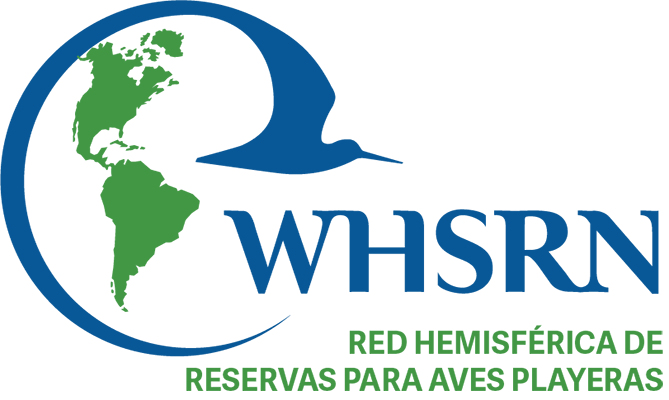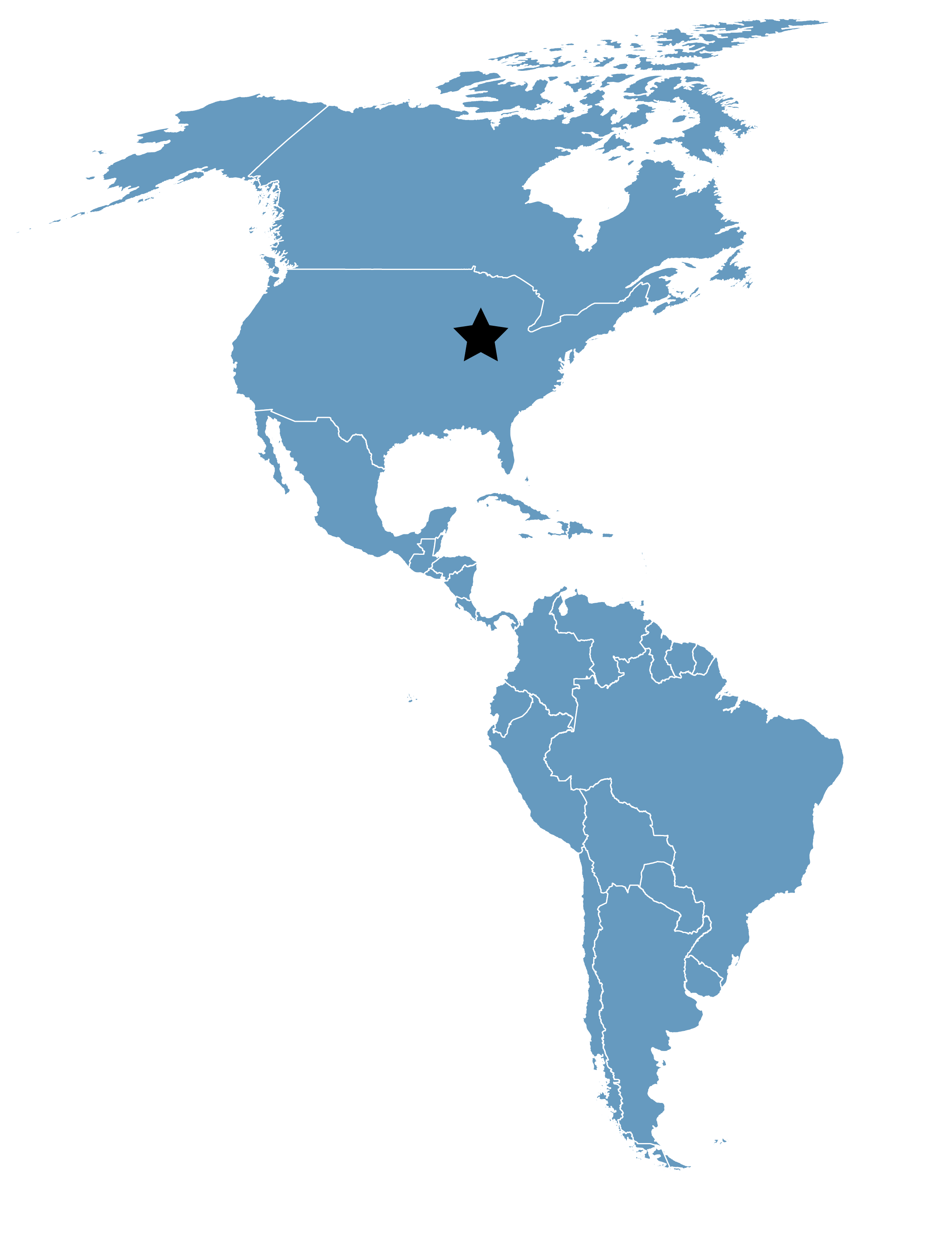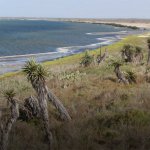Chautauqua National Wildlife Refuge
Location
Illinois, United States
Category
Regional
Basis for Designation
Supports more than 20,000 shorebirds annually.
Size
1,816 hectares (4,487 acres)
Date Designated
February 1997
Site Owner
U.S. Fish and Wildlife Service
Site Partners
Illinois River National Wildlife and Fish Refuges
Illinois Natural History Survey
Overview
The 4,488-acre Chautauqua National Wildlife Refuge (NWR) contains 3,700 acres of wetlands, 715 acres of bottomland forests, and 220 acres of uplands. The remaining acres consist of infrastructure such as roads and buildings. The wetland habitats on the refuge are very diverse and can include mudflats, shallow marshes, deep-water areas, and flowing creeks and ditches. The bottomland forest consists mostly of willow (Salix sp.) and maple (Acer sp.) trees and the uplands are mostly made up of bottomland hardwoods.
Management of the refuge is designed to mimic the historic flood cycle of the Illinois River. Summer drawdowns expose mudflats and promote the production of natural vegetation. Up to 2,000 acres of habitat will be available for migratory and resident bird species dependent on these shallow water and mudflat habitats.
In the checklist of birds for the refuge, the fall migration peak for shorebirds listed is 150,000.
To allow for a more complete draw-down of the north pool, a project is under way to remove the silt dam that currently prevents water from flowing into the drainage ditch along the cross dike. As a result of this management, the refuge expects to provide an additional 300-500 acres of shallow mudflat habitat for shorebirds.
The Guide to National Wildlife Refuges (Riley 1979) cites “tremendous concentrations of shorebirds” at Chautauqua Refuge, especially in August. “As many as 200,000 have been present at one time on the exposed mudflats and shorelines of Chautauqua Lake: Lesser Yellowlegs, Golden Plovers, and Pectoral, Stilt, and Least Sandpipers.” In the checklist of birds for the refuge, the fall migration peak for shorebirds listed is 150,000.
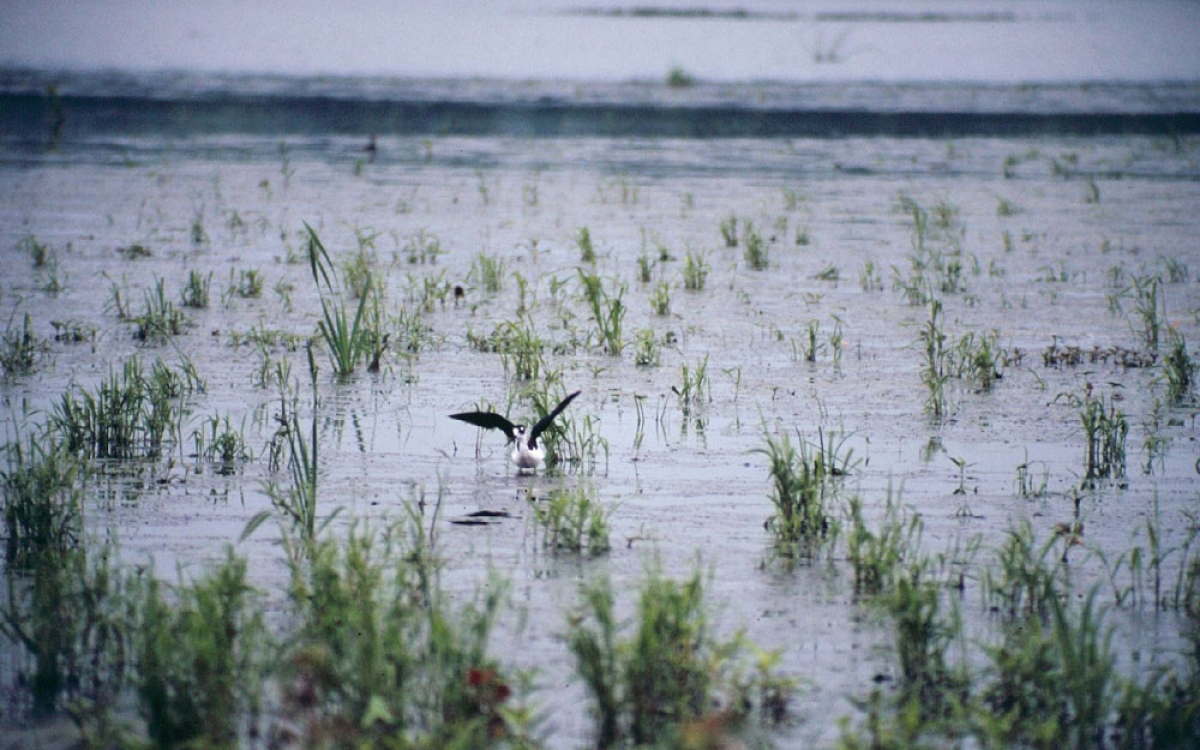
Black-necked Stilt in summer. Photo: Gabe Hammer
Ecology & Conservation
Chautauqua Refuge is of critical importance to migratory birds including waterfowl, Neotropical migrants, raptors, and marsh and waterbirds. More than 250 bird, 28 mammal, 64 reptile and amphibian, and 54 fish species have been identified on the refuge.
Land uses permitted at the refuge include hunting, fishing, hiking, wildlife observation, nature photography, environmental education and interpretation, and nut, berry, and mushroom picking.
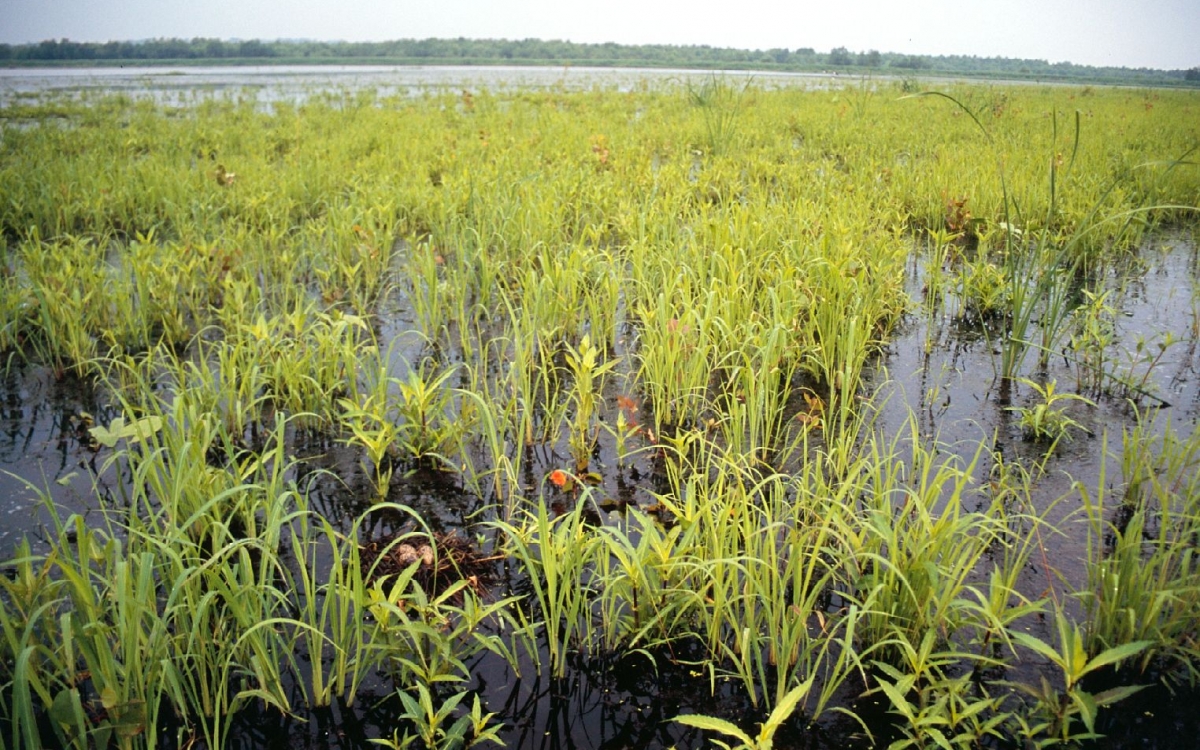
Black-necked Stilt nest. Photo: Gabe Hammer
The refuge is open for wildlife observation from Jan. 15 through Oct. 15 (except areas posted as closed). From Oct. 16 through Jan. 14 the land from the Refuge Headquarters north to the Eagle Bluffs access area is open for wildlife observation. The closed area is used as feeding and resting areas for migrating birds.
Current Threats
Chautauqua is a floodplain wetland of the Illinois River. Average river levels have risen more than 5 feet over the last 100 years due to levee construction and modifications to the river. With an extremely altered floodplain ecosystem, the Illinois River no longer has its historic flood cycle. Unnatural rises in river levels during summer and fall inundate the backwaters, flooding exposed mudflats and covering natural vegetation. Exotic and nuisance species, such as Asian carp, and willow (woody vegetation) encroachment are also threats to Chautauqua’s habitat.
Research and Management Activities
By mimicking the historic flood pulse of the Illinois River, Chautauqua can provide water levels and conditions critical to sediment management and annual plant and invertebrate production. Using river flooding events and water-control structures, habitat can be made available for migrating birds when it is needed most.
Several ongoing inventory and monitoring activities are conducted on the refuge, including the International Shorebird Survey, Illinois Natural History Survey aerial waterfowl surveys, the Audubon Christmas and Spring Bird Counts, Mid-winter Waterfowl Surveys, and nesting Bald Eagles surveys. Drs. Richard and Sigurd Bjorklund, refuge volunteers, have been conducting weekly waterbird surveys on the refuge since 1996 that include wading birds, shorebirds, waterfowl, and raptors.
Research is also conducted on the refuge by the Forbes Biological Field Station and the Illinois River Biological Station, both part of Illinois Natural History Survey. The results from their research benefit the management of the refuge.


